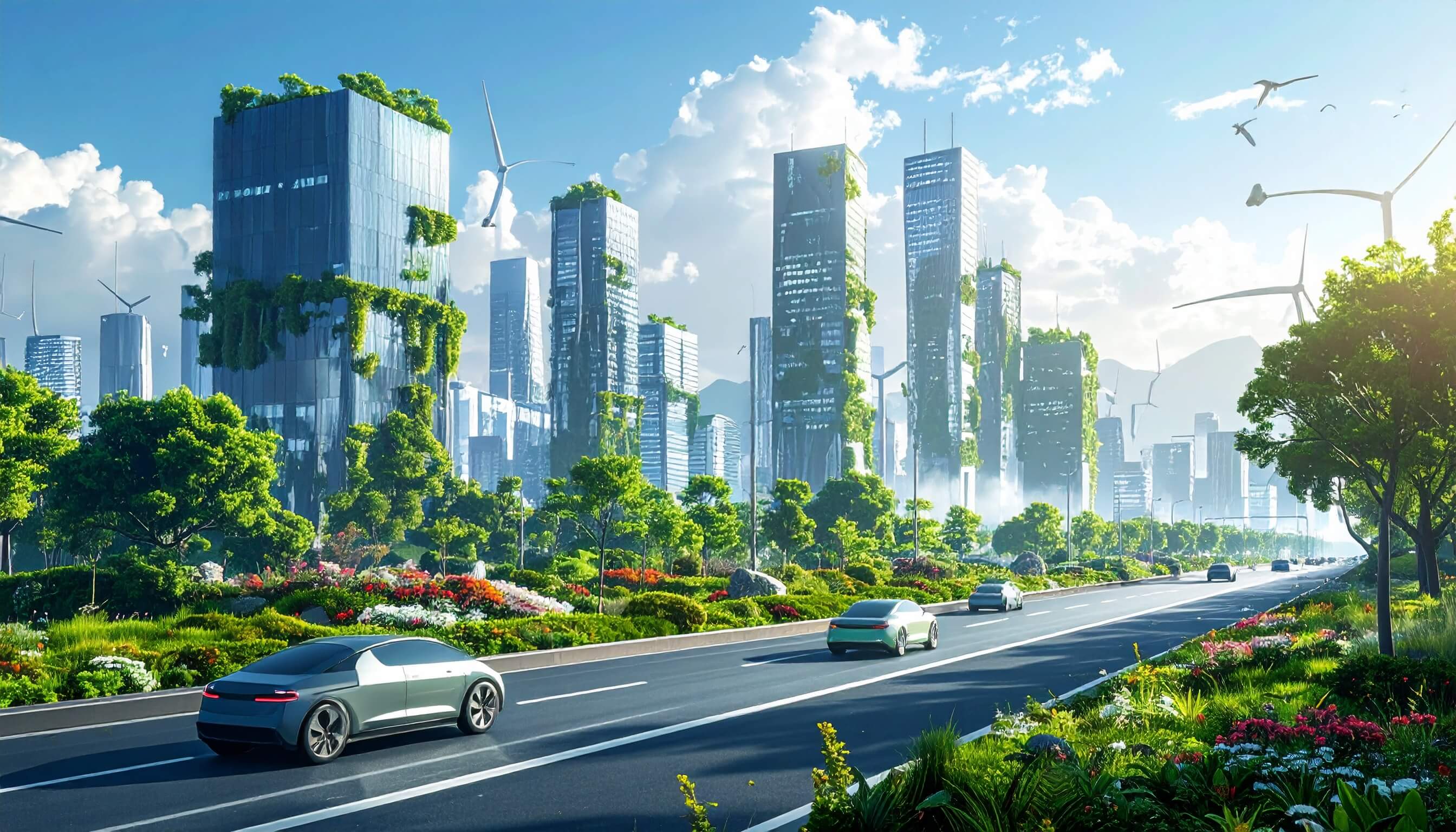Electric mobility is rapidly reshaping transportation in 2026, offering cleaner, efficient, and low-emission alternatives to conventional vehicles. From electric cars and buses to bikes and micro-mobility solutions, the sector is evolving to meet sustainability goals and urban mobility needs.
1. Electric Vehicles (EVs) Adoption Trends
EV adoption continues to rise globally. In 2026, advances in battery technology, longer driving ranges, and improved charging infrastructure make EVs more accessible and practical for everyday use.

2. Battery Innovation and Efficiency
Next-generation batteries, including solid-state and fast-charging lithium-ion solutions, enhance energy density and lifespan. In 2026, these innovations reduce charging times and extend vehicle range, addressing one of the key barriers to EV adoption.
3. Public Transportation Electrification
Electric buses, trams, and trains are transforming public transportation. In 2026, cities invest in electrified fleets to reduce emissions, improve air quality, and lower operational costs.
4. Micro-Mobility Solutions
Electric scooters, e-bikes, and shared micro-mobility options offer sustainable urban transport. In 2026, integrating these solutions with public transit networks enhances convenience and reduces traffic congestion.
5. Charging Infrastructure Expansion
Robust and accessible charging networks are critical for EV adoption. In 2026, governments and private companies expand fast-charging stations, ultra-rapid chargers, and wireless charging technologies.
6. Vehicle-to-Grid (V2G) Integration
EVs can interact with the grid, providing energy storage and demand-response capabilities. In 2026, V2G technology supports renewable energy integration and grid stability.

7. Policy and Incentives
Government incentives, tax rebates, and zero-emission mandates encourage EV adoption. In 2026, supportive policies accelerate the transition to sustainable transportation.
8. Autonomous and Connected EVs
Integration of autonomous driving and connected vehicle technologies enhances safety, efficiency, and convenience. In 2026, these innovations redefine urban mobility and transport logistics.
9. Environmental Impact and Sustainability
Electric mobility reduces carbon emissions, improves air quality, and decreases noise pollution. In 2026, the lifecycle of EVs, including battery recycling, is increasingly sustainable and environmentally responsible.
10. Future Outlook for Electric Mobility
Electric mobility in 2026 emphasizes advanced battery technologies, public transport electrification, micro-mobility integration, and grid interaction. Businesses, cities, and consumers adopting these technologies contribute to a greener and more sustainable future.
Conclusion
Implementing electric mobility solutions in 2026 enables sustainable urban transport, reduces environmental impact, and drives innovation. Key focuses include EV adoption, battery efficiency, micro-mobility, charging infrastructure, and policy support.

